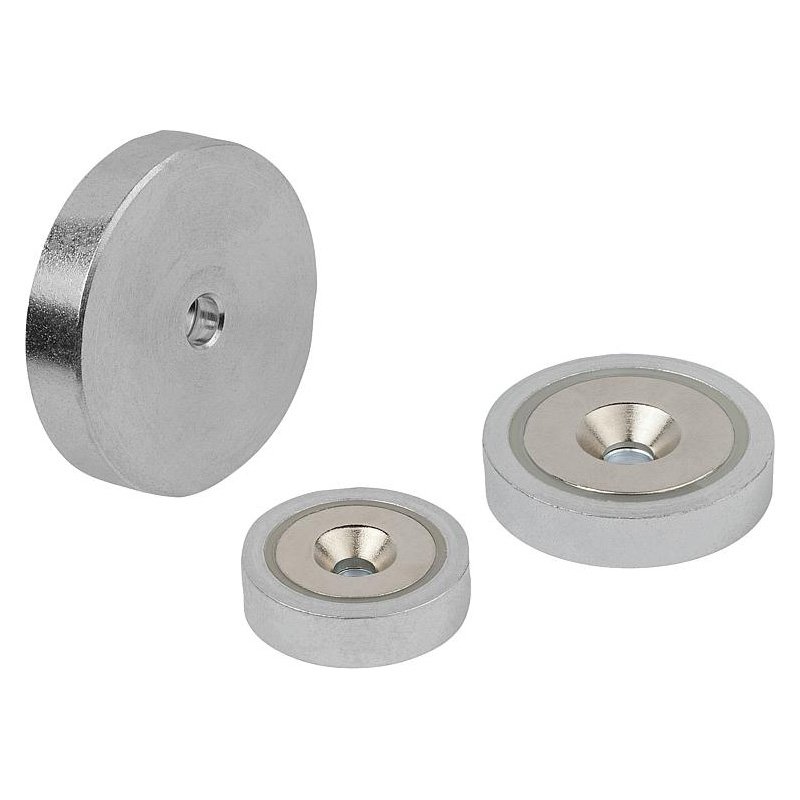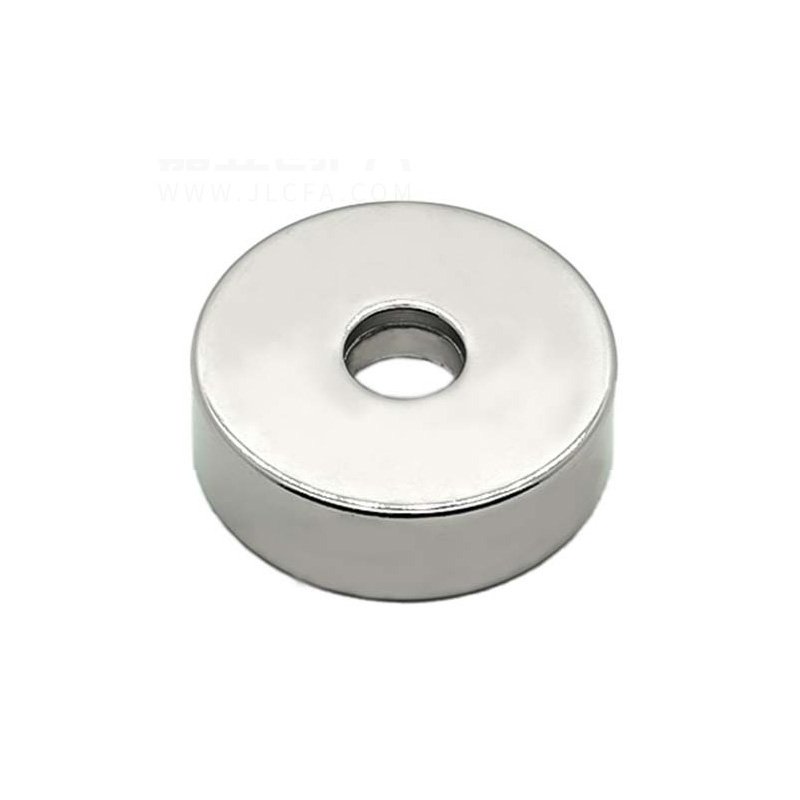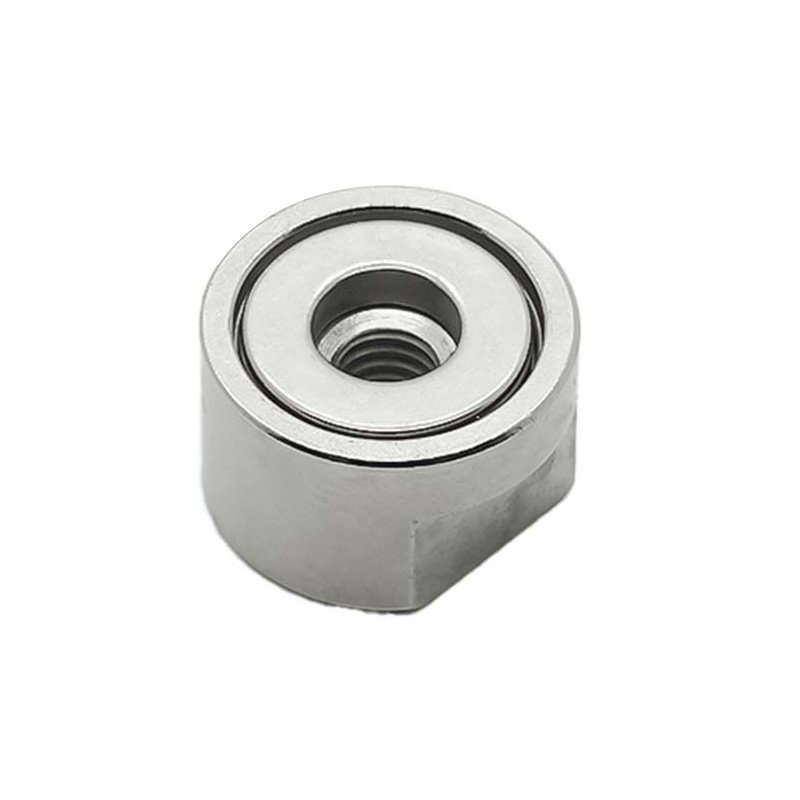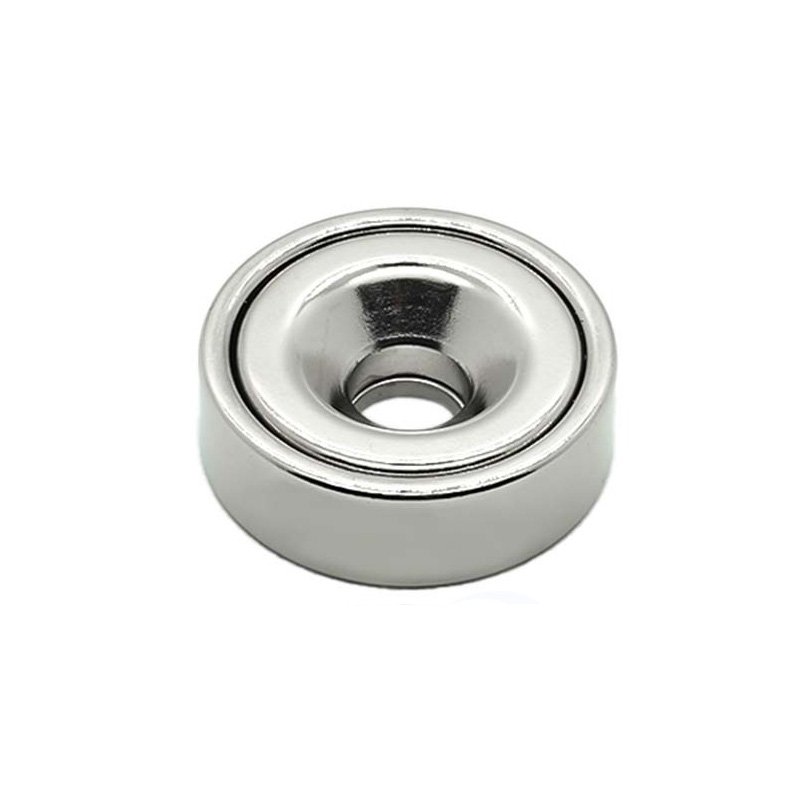Magnets are fundamental components widely used across industries due to their unique ability to generate magnetic fields and attract ferromagnetic materials. From industrial machinery to consumer electronics and medical devices, magnets play a critical role in ensuring functionality, efficiency, and innovation. This article provides a detailed overview of magnets, their types, applications, and key considerations for selection and use, based on real-world data and the FAQs from the provided PDF.
What Are Magnets?
Magnets are materials or objects that produce a magnetic field, which attracts ferromagnetic materials like iron, nickel, and cobalt. They are made from various materials, including rare-earth elements, and are classified based on their magnetic properties and applications. Magnets are essential for converting electrical energy into mechanical energy and vice versa, making them indispensable in modern technology.
Key Properties of Magnets
- Magnetic Strength: Measured in Gauss (G) or Tesla (T), with 1 T = 10,000 G.
- Temperature Resistance: Each magnet type has a maximum operating temperature beyond which it may demagnetize.
- Corrosion Resistance: Some magnets, like sintered neodymium, are prone to oxidation and require protective coatings.
- Orientation: Magnets can be isotropic (uniform magnetic properties in all directions) or anisotropic (directional magnetic properties).
 Types of Magnets
Types of Magnets
Magnets come in various types, each suited for specific applications. Below are the most common types:
1. Neodymium Magnets (NdFeB)
- Properties: Highest magnetic strength among permanent magnets, but brittle and prone to corrosion.
- Applications: Used in motors, hard drives, and medical devices.
2. Samarium Cobalt Magnets (SmCo)
- Properties: High temperature resistance and corrosion resistance, but expensive.
- Applications: Aerospace, military, and high-performance motors.
3. Ferrite Magnets (Ceramic)
- Properties: Low cost, good corrosion resistance, but lower magnetic strength.
- Applications: Speakers, refrigerators, and low-cost motors.
4. Alnico Magnets
- Properties: Excellent temperature stability but lower coercivity.
- Applications: Sensors, guitar pickups, and older electric motors.
5. Rubber Magnets
- Properties: Flexible and lightweight, with moderate magnetic strength.
- Applications: Whiteboards, signage, and toys.
Applications of Magnets
Magnets are used across a wide range of industries and applications, including:
1. Industrial Machinery
- Example: Used in motors, generators, and magnetic separators.
2. Automotive
- Example: Electric vehicle motors, sensors, and braking systems.
3. Electronics
- Example: Hard drives, speakers, and magnetic sensors.
4. Medical Devices
- Example: MRI machines, magnetic therapy devices, and surgical tools.
5. Consumer Goods
- Example: Refrigerator magnets, magnetic closures, and toys.
Selection Criteria for Magnets
When selecting magnets, consider the following factors:
1. Magnetic Strength
- Gauss/Tesla Values: Higher values indicate stronger magnets.
- Material Grade: Neodymium grades (e.g., N35, N42, N52) indicate strength.
2. Temperature Resistance
- Maximum Operating Temperature: Avoid exceeding this to prevent demagnetization.
- Curie Temperature: The temperature at which a magnet loses its magnetism permanently.
3. Environmental Conditions
- Corrosion Resistance: Neodymium magnets require coatings like nickel or epoxy.
- Humidity: Rubber magnets are less prone to corrosion in humid environments.
4. Size and Shape
- Customization: Magnets can be customized to non-standard shapes and sizes.
- Orientation: Anisotropic magnets have directional magnetic properties.
5. Cost and Availability
- Budget: Ferrite magnets are cost-effective, while SmCo magnets are expensive.
- Lead Time: Custom magnets may require longer production times.
Installation and Maintenance Tips
1. Handling
- Fragility: Neodymium magnets are brittle; handle with care to avoid chipping.
- Safety: Keep strong magnets away from electronic devices and pacemakers.
2. Installation
- Spacers: Use non-magnetic spacers to prevent sudden attraction and damage.
- Alignment: Ensure proper orientation for anisotropic magnets.
3. Maintenance
- Inspection: Check for corrosion, cracks, or demagnetization.
- Cleaning: Use a dry cloth to remove dust; avoid water for uncoated magnets.
Common Issues and Solutions
1. Demagnetization
- Issue: Magnets lose strength due to high temperatures or external fields.
- Solution: Operate below the maximum temperature and avoid strong opposing fields.
2. Corrosion
- Issue: Neodymium magnets oxidize in humid environments.
- Solution: Use coated magnets (e.g., nickel-plated) for protection.
3. Fragility
- Issue: Sintered magnets are brittle and can shatter on impact.
- Solution: Handle with care and use protective packaging during transport.
Conclusion
Magnets are indispensable components in modern technology, offering unique properties that enable innovations across industries. By understanding the different types, selection criteria, and maintenance practices, you can ensure optimal performance and longevity of your magnetic applications. Whether you’re working in industrial machinery, automotive, or consumer electronics, magnets are a critical part of your success.







